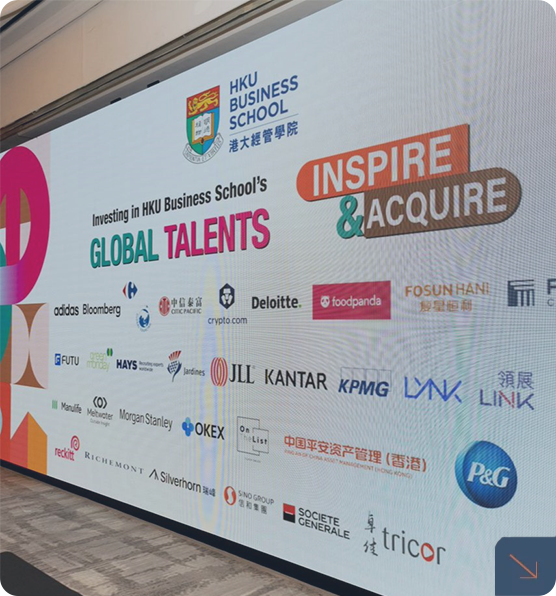Mitigating Climate Risks: The Role of Disclosure Volume, Reputation, and Message Characteristics
SPEAKER
Prof. Alok R. Saboo
Taylor E. Little Jr. Professor of Marketing
J. Mack Robinson College of Business
Georgia State University
ABSTRACT
Climate change is one of the most important sociopolitical issues. Disclosures have emerged as a prominent tool for firms to participate in climate discussions and respond to the increasing pressure from multiple stakeholders to get involved in mitigating climate challenges. However, the impact of climate disclosures on organizational outcomes is unclear, reducing their uptake. Using the context of IPO firms, the authors propose a nonlinear relationship between disclosure volume and firm performance. The authors argue that lower climate disclosures only amplify the overall risk. In contrast, the benefits of information, stewardship, and climate-friendly reputation increase nonlinearly with increased disclosure volume and outweigh the risks associated with such disclosures, resulting in a U-shaped relationship. Further, the authors explore boundary conditions related to the sender (reputation of the firm and its underwriters) and message (optimism and clarity) characteristics. Using multi-sourced data from 1712 IPO firms, a state-of-the-art machine learning algorithm (BERT) to identify climate-related text from prospectuses, and robust econometric methods, the authors find support for their proposed U-shaped relationship. In addition, firm and underwriter reputation, message optimism, and clarity moderate (steepen) the curvilinear relationship between climate disclosures and firm performance.





